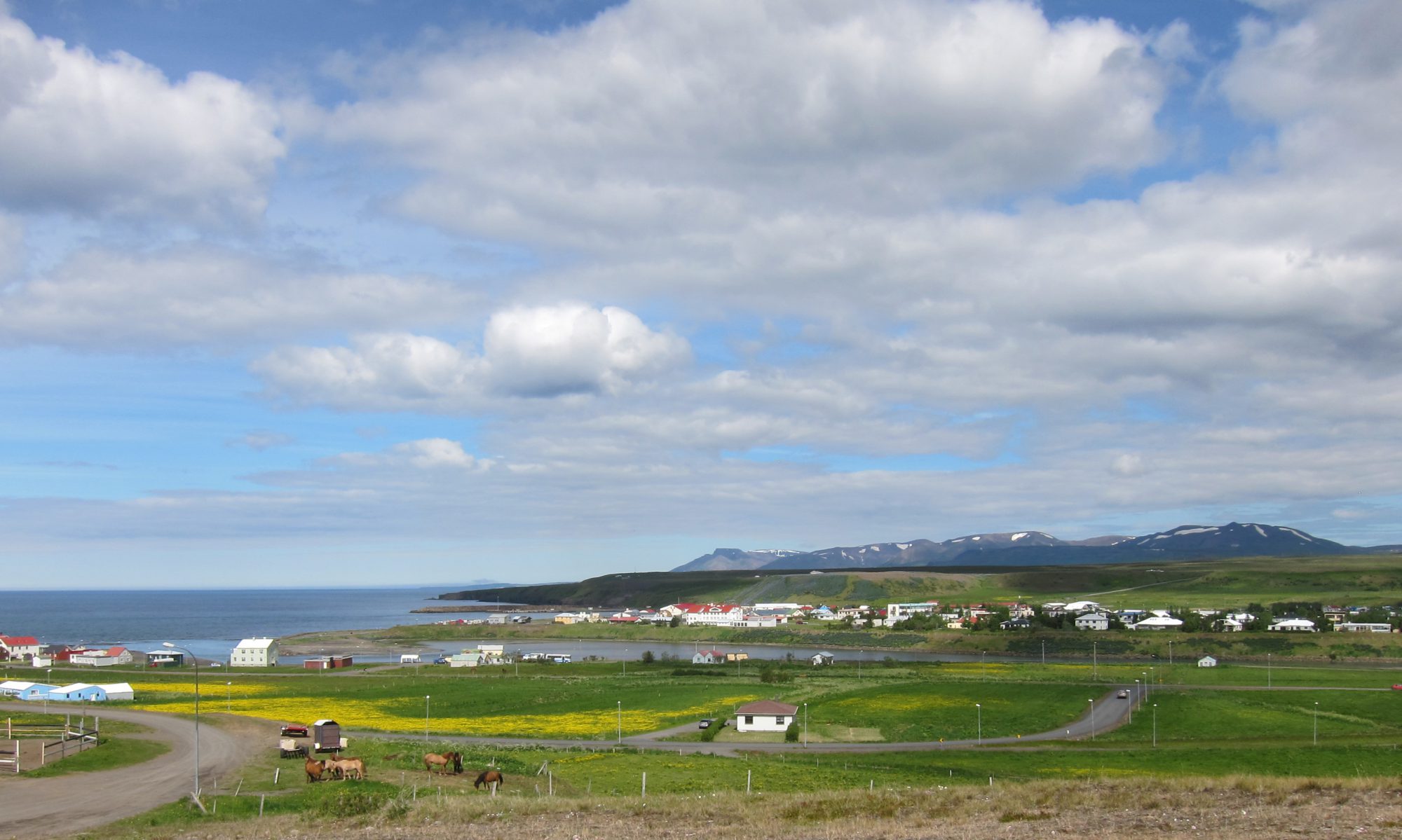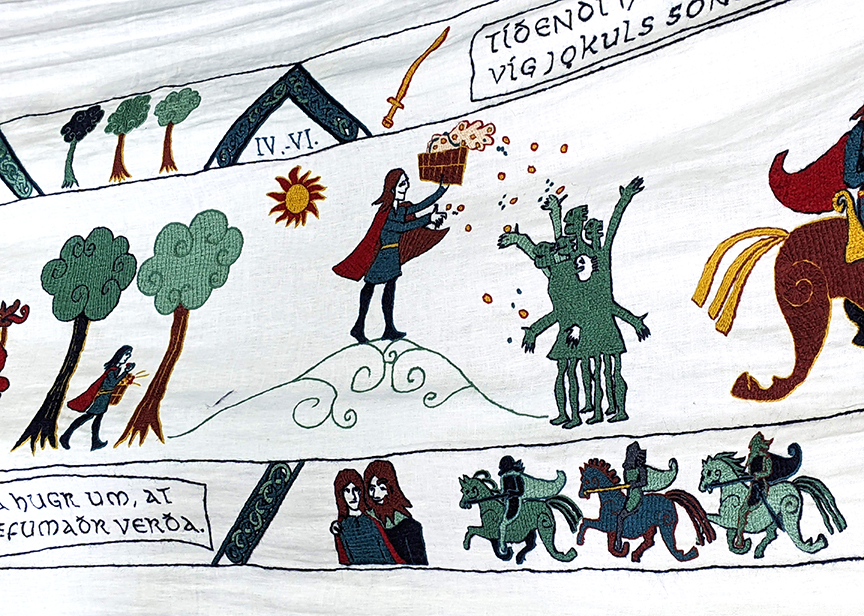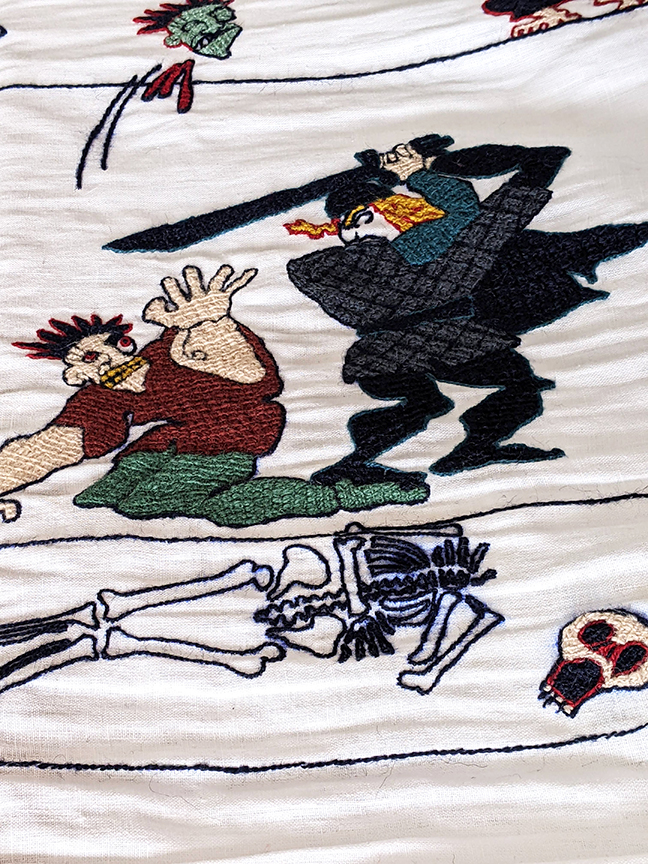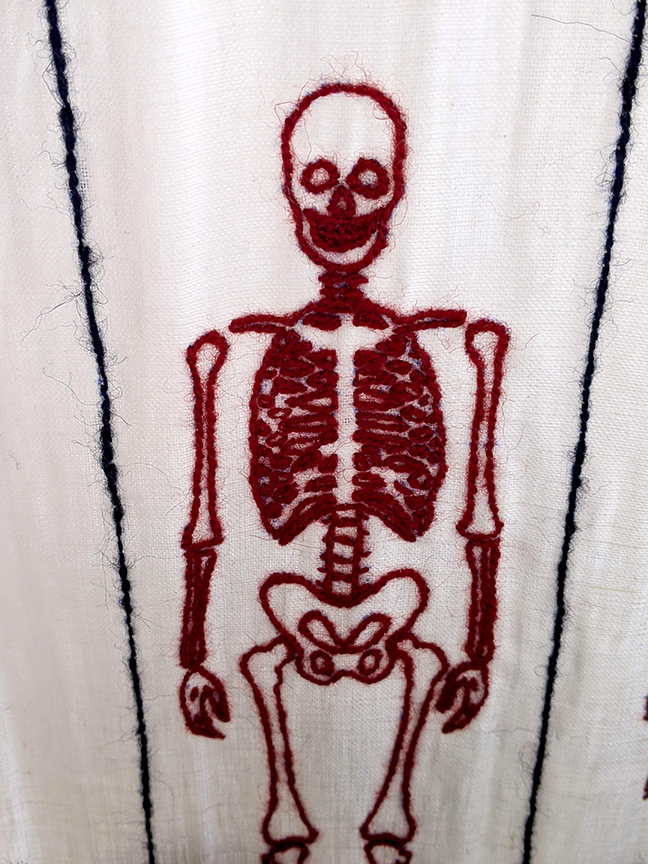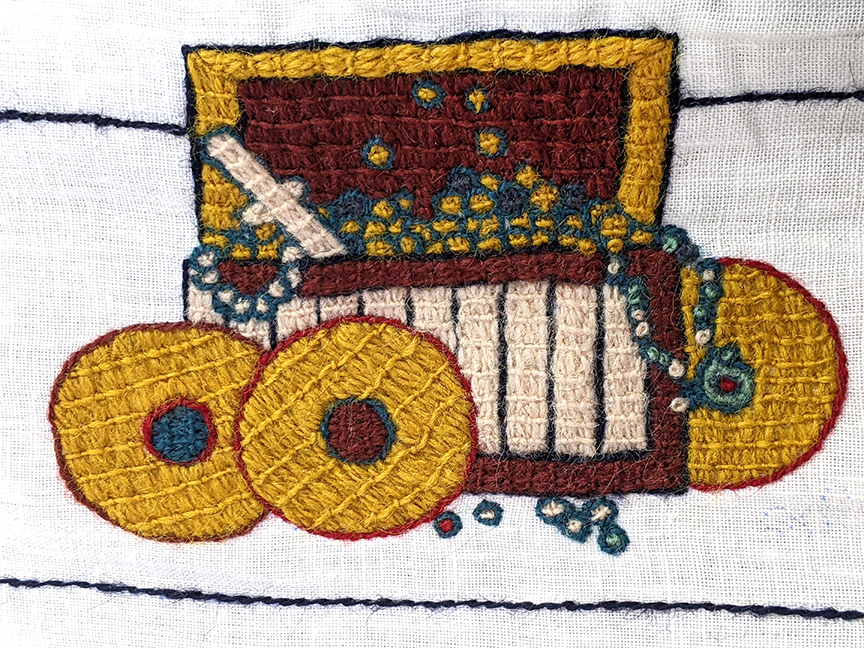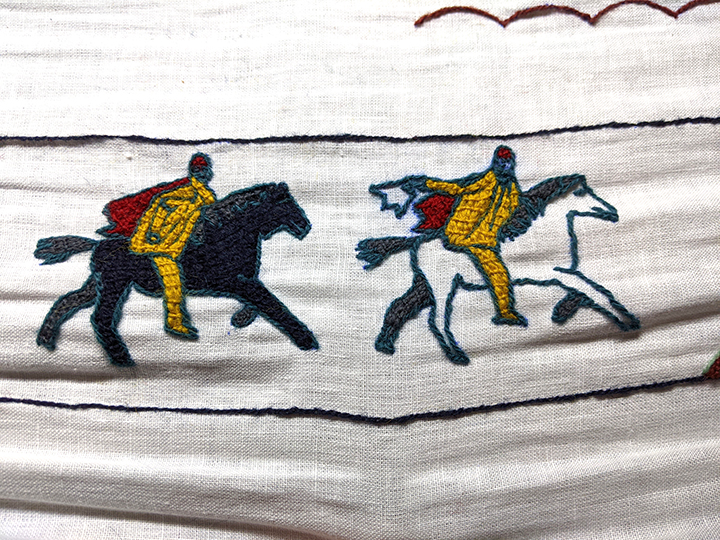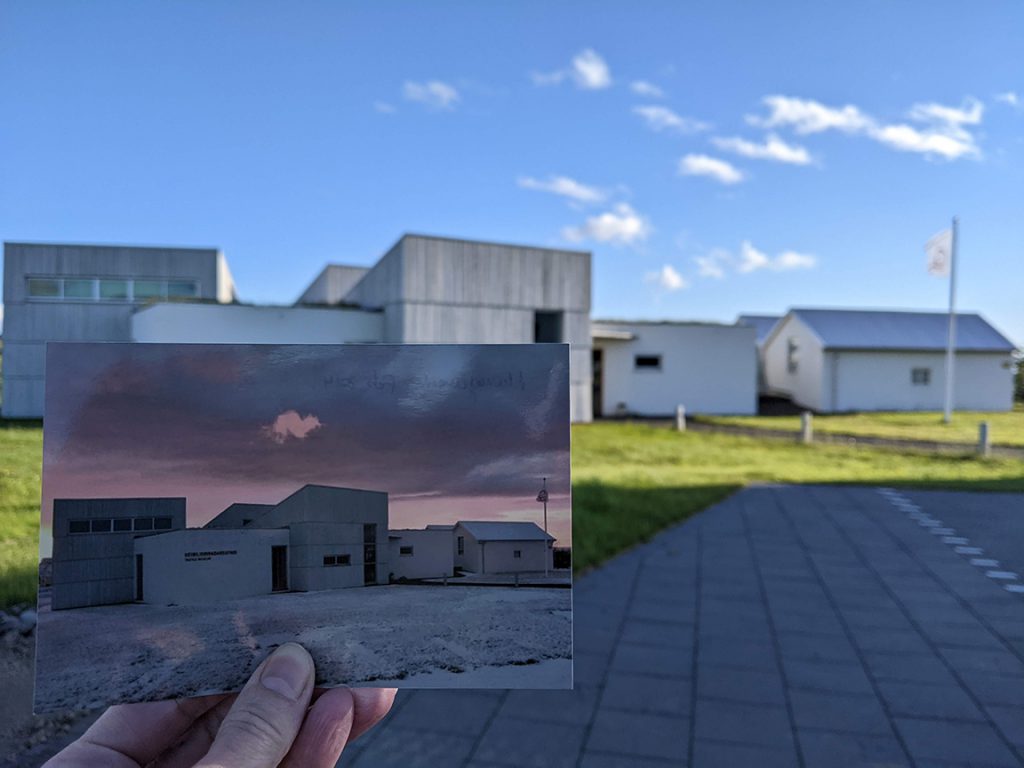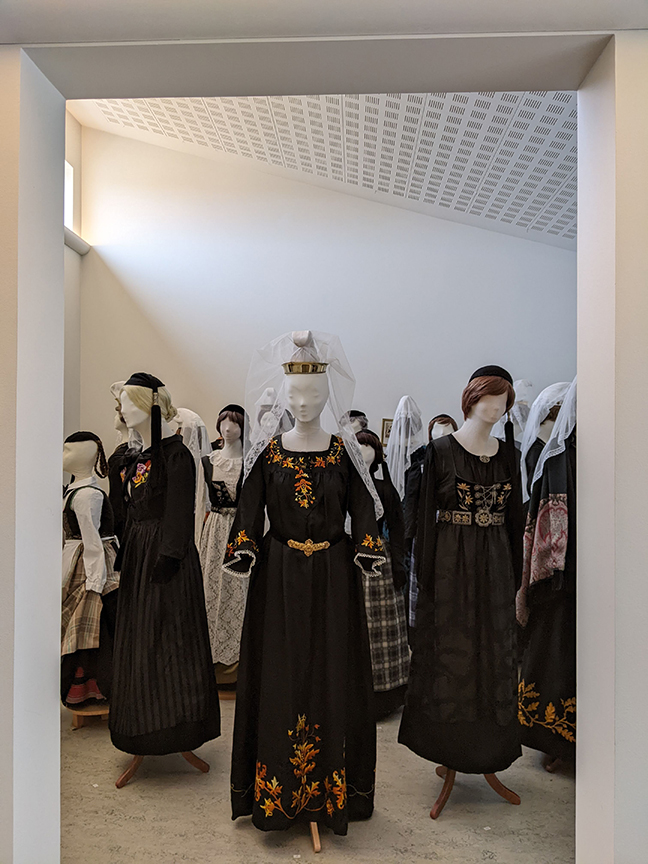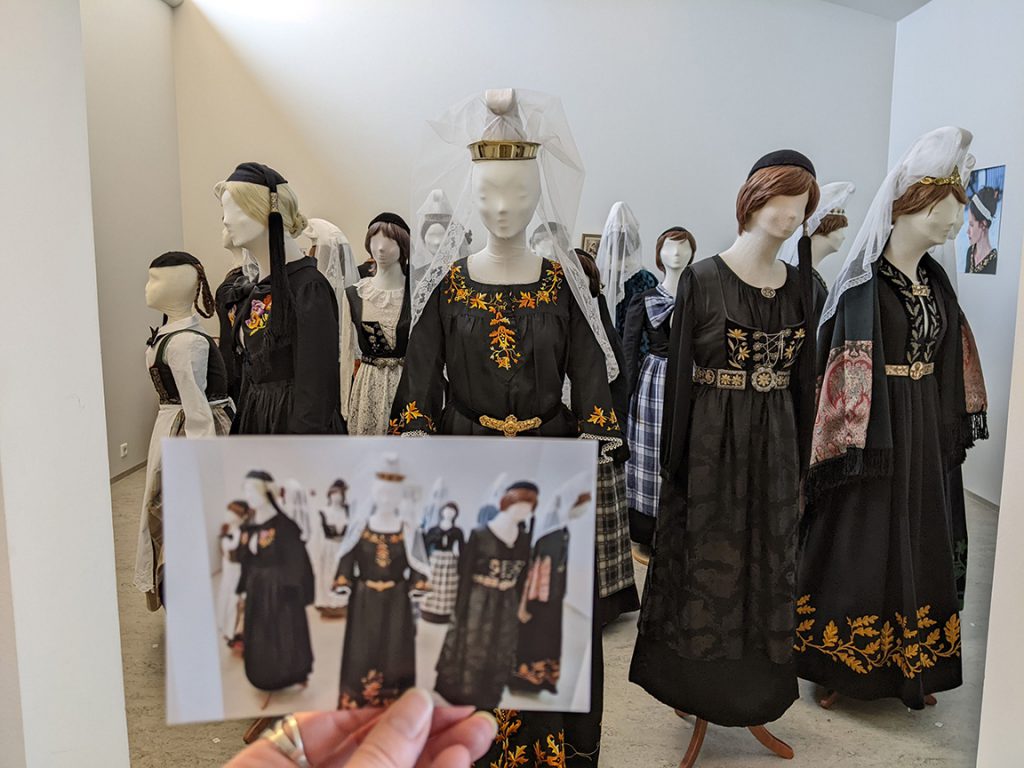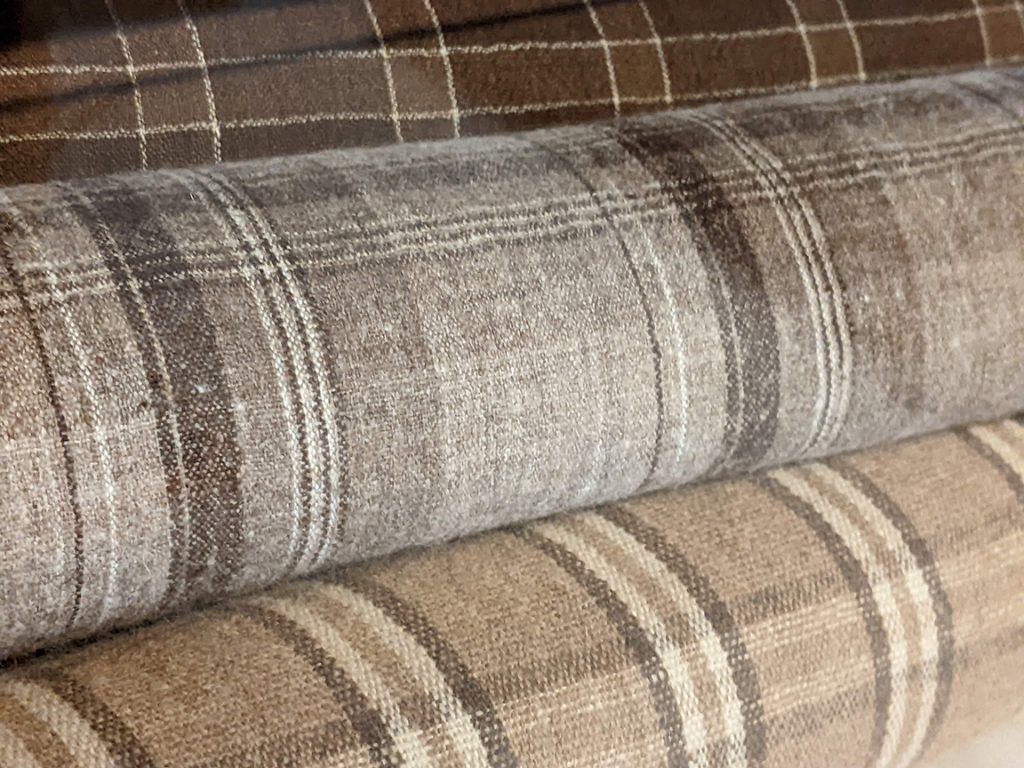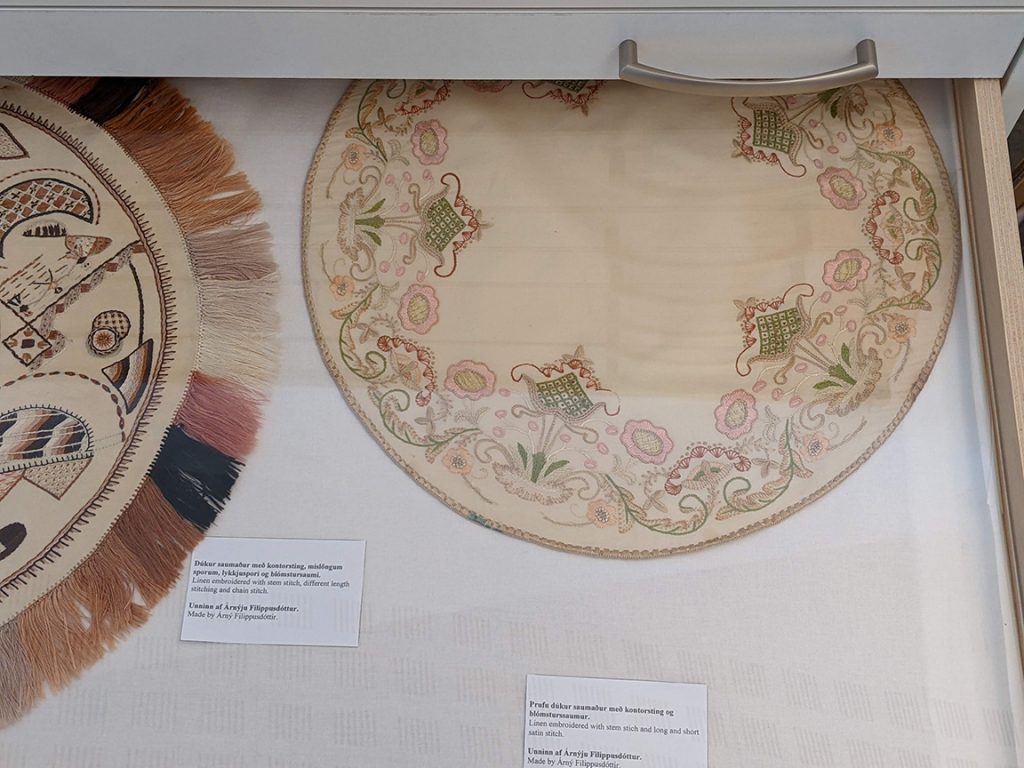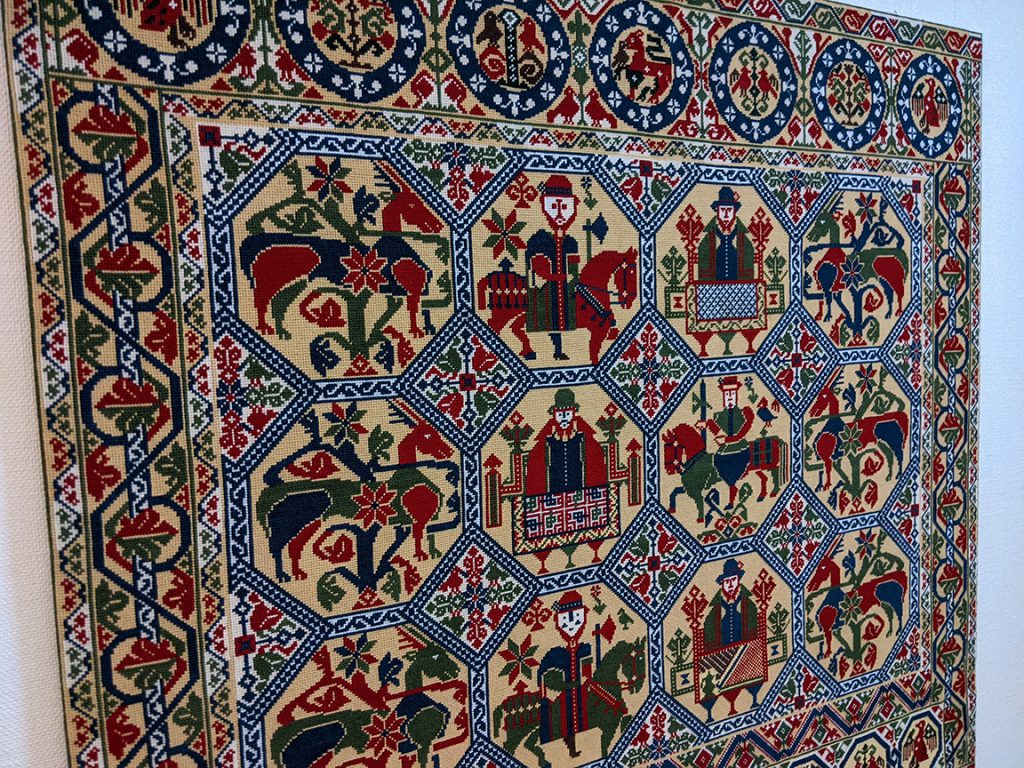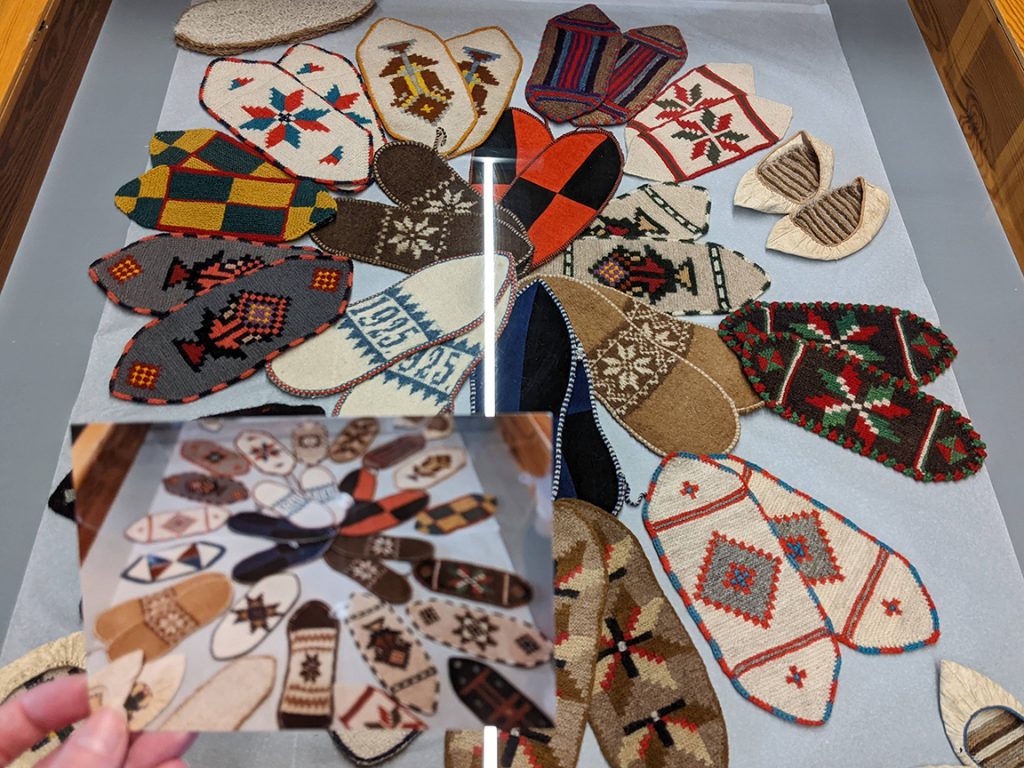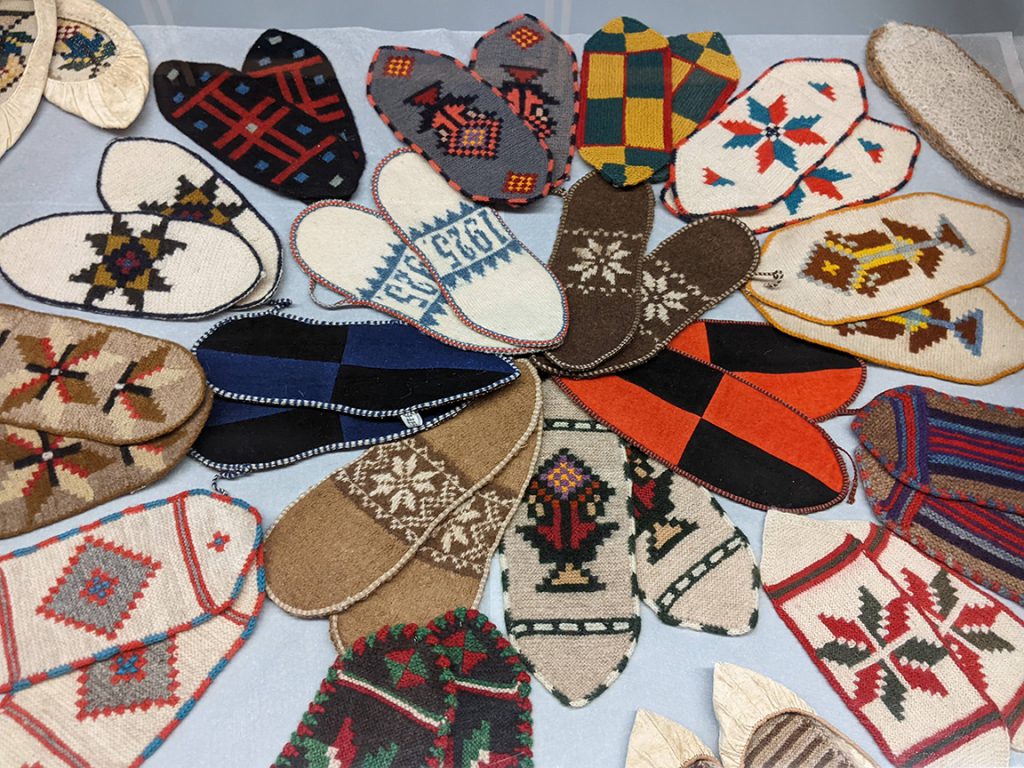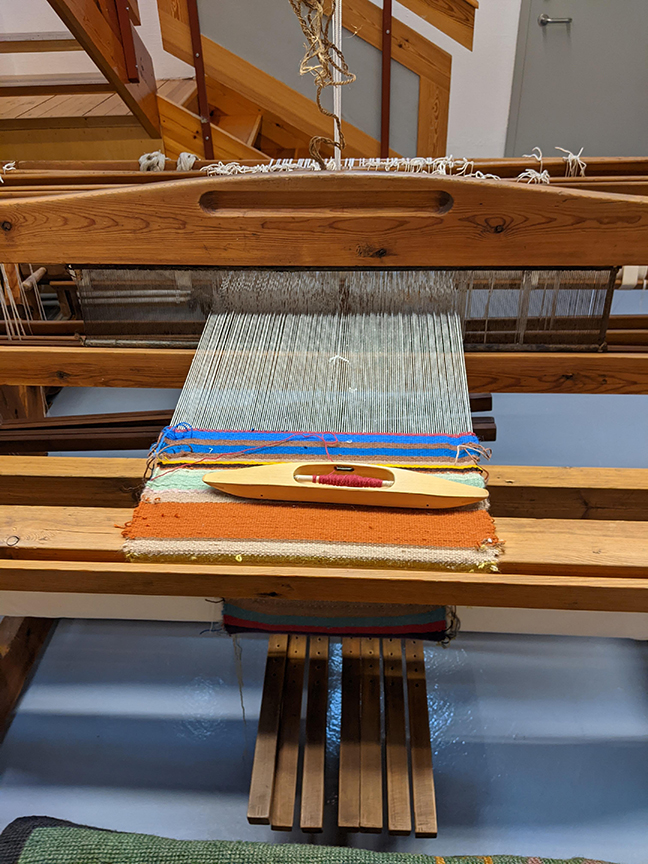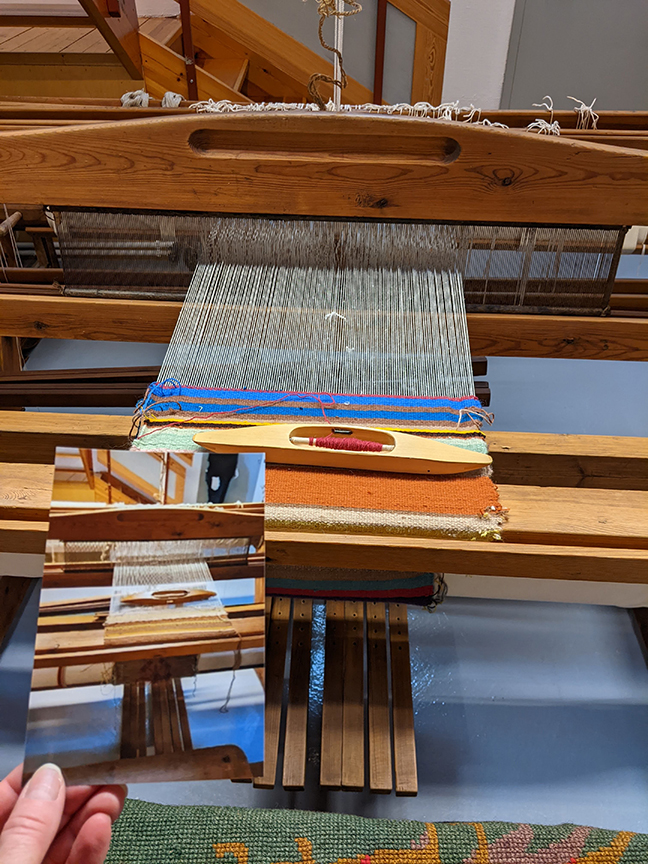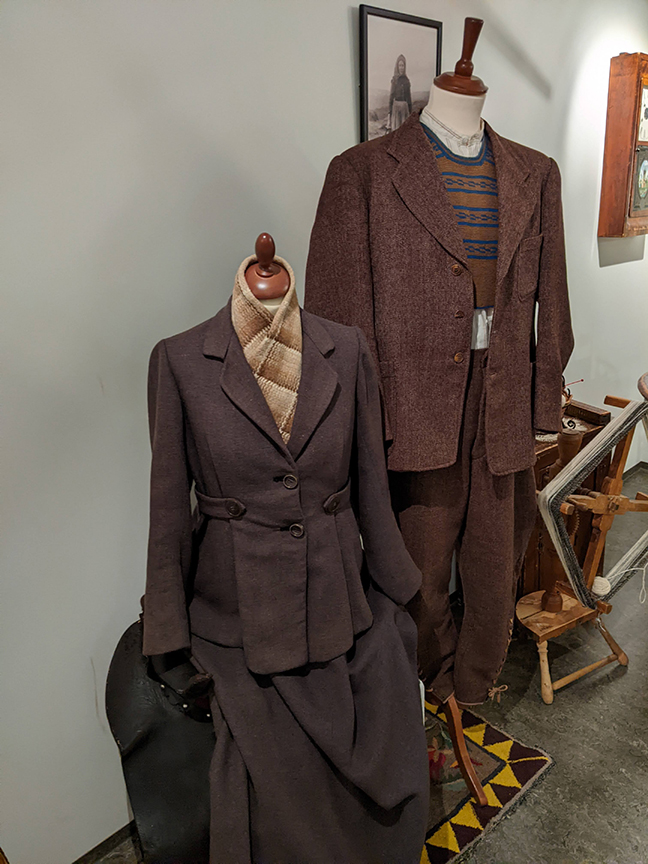Did you know that there is only one breed of horses all throughout Iceland? None can be imported and the horses sold can never come back. It is a one-way ticket.
Icelandic horses are know to be short, almost pony size, and to have a double coat for insulation during the though Icelandic winters. They were most probably introduced on the island by Norse settlers around the 9th or 10th century.
They are all very communicative, hardy, and it does not take long for them to come and introduce themselves to people standing by their fences. They are also very photogenic, especially when the wind blows in their mane. I think they know it and move their heads accordingly. But that is just a theory.
I have met a few during my stay and let me introduce them to you. Which one do you think is my favorite?
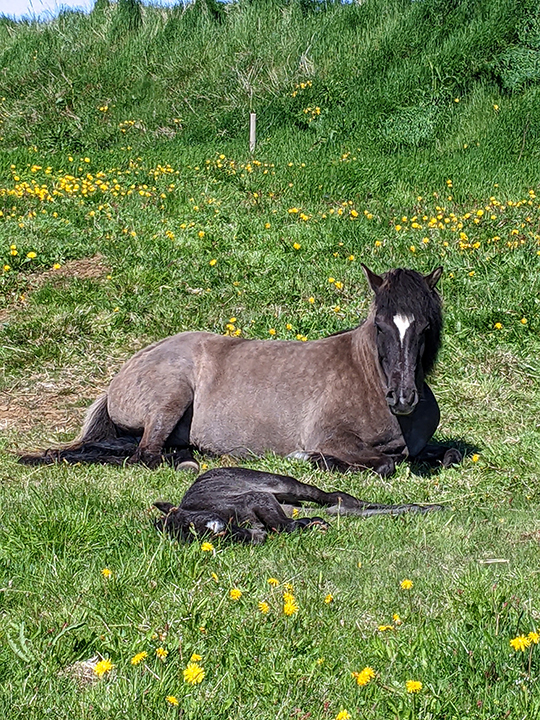
Lighting and her foal Bolt 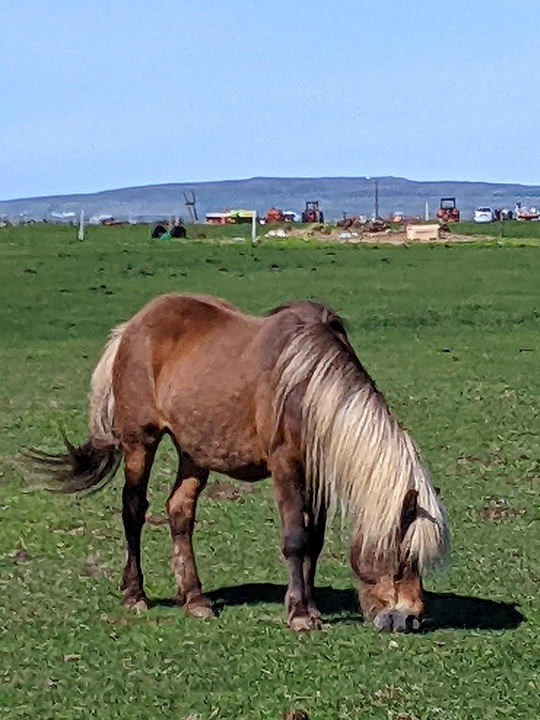
Hungry Grazer 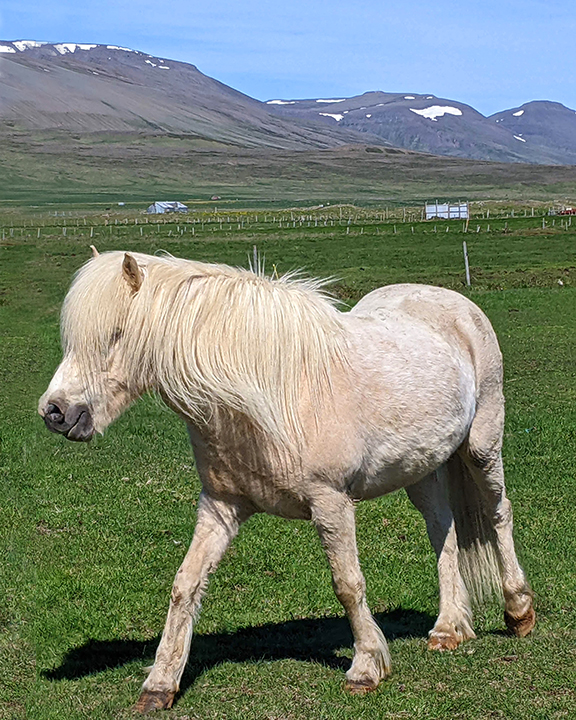
Fluffy Gluten
To be honest, my favorite Icelandic horses do not graze in pastures. They are part of another story that was told to us by Johanna Erla, the Vatnsdaela saga. It is a story full of fights and murders, a story about the pursuit of one’s own destiny, full of marriages, betrayals, treasures, magic mushrooms, and a ring that can jump from mountains to mountain.
“My passion is to introduce textiles to the public, and it is, among other things, the basis for my Vatnsdaela tapestry – an embroidery project that welcomes people from all over Iceland and the world to come and embroider the original saga of our region. As people sew upon the tapestry the story is told and embodied in a new way, but remains true to the old saga and storyline. When completed the tapestry will measure 47 metres in length, at the time of printing [this quote] approximately 1400 people have sewn upon the piece.”
-Johanna Erla
It is a long saga, and so is the tapestry. From designing it, to tracing it on the fabric, to stitching it, they have been meticulously working on the project for 11 years now.
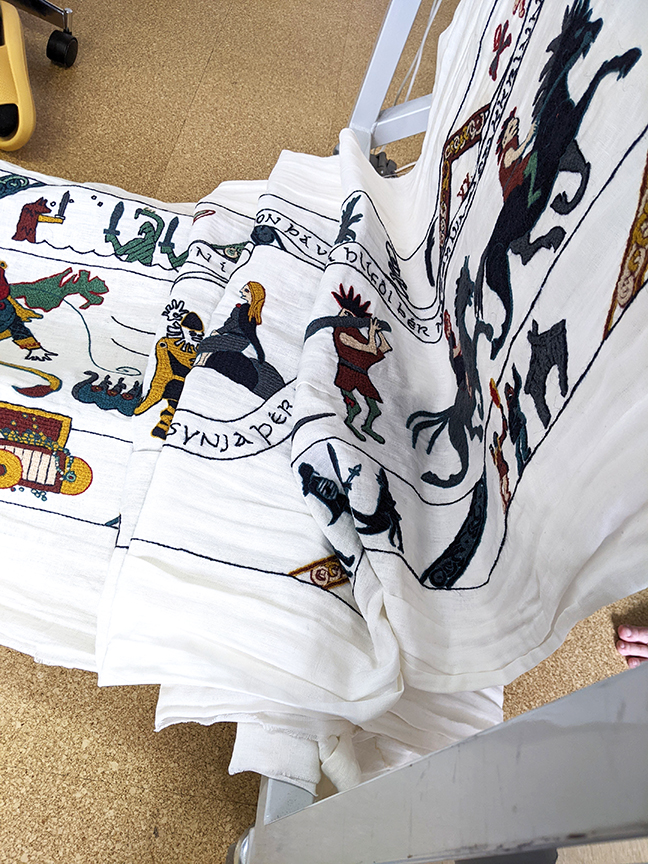
Before I show you my favorite horses, I will tell you a little bit more about the saga which took place in the very region we were staying, and features Johanna’s ancestors.
The Vatnsdaela saga was written during the thirteenth century and tells a family story over a few generations. From what Johanna told us, it is mainly the story of Ingemund who earned the good graces of the King of Norway at the time. One day, even though he did not want to listen to her words, a sorceress told him his fortune. He was told that he had to go Iceland to find a ring and then settle there. Ingemund did not want to do it and even hired assistants to complete the task of finding the ring and bringing it back to him. To their great surprise, the ring – which they were able to locate – kept jumping from hill to hill, making it impossible for them to catch it. Ingemund was left with no other choice than going to Iceland to get it himself.
This is just a short part of the saga, which also tells the story of his descendants and their many adventures. We are talking of swords getting stuck into bed frames, buttocks getting cut off, and even a sorceress who gets defeated by her own magic. Thrills, and twists and turns! Oh, and why not throw in a captured polar bear?
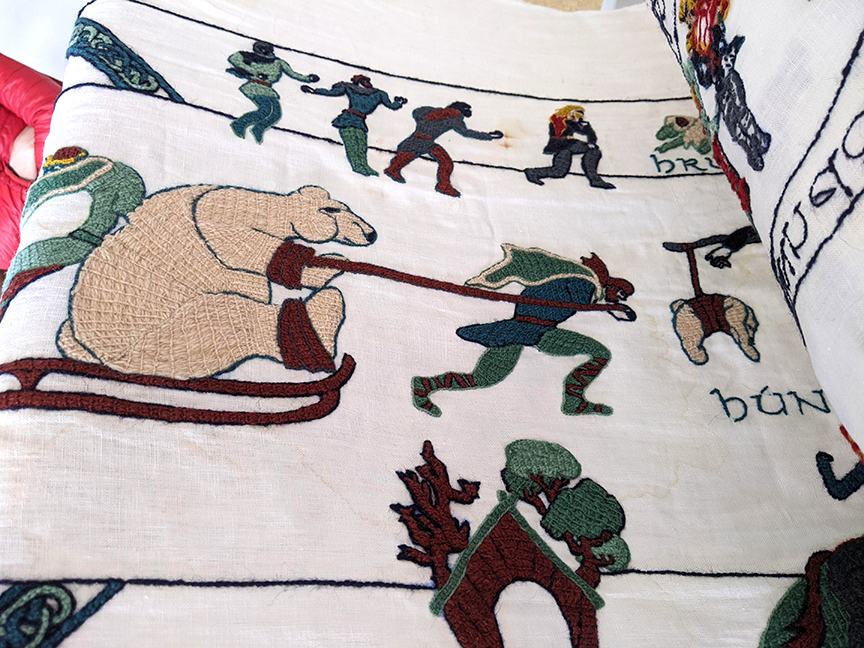
The whole tapestry is stitched using only two types of stitches. A “contour stitch”, like a stem stitch, and the Bayeux stitch, a laid stitch which comes from Norman and English traditions. It was famously used in the Bayeux tapestry, another conquest story that you can read about here. https://www.bayeuxmuseum.com/en/the-bayeux-tapestry/
And here are my favorite Icelandic horses!
They appear in the 31st chapter of the saga entitled: “Long-distance travelers came to Hofsland”. They represent the said travelers. Why they are so special to me is that I was one of the probably 1500 or more people who had a chance to embroider the tapestry. Most of these stitches are my contribution to the tapestry.
I learned the stitches from Stina, who has been so kind to teach them to me, as well as describing the whole process of tracing the blue lines that we need to follow. Basically, the tapestry designs were first printed on long sheets of paper. Then, all (all!) of the lines were perforated with the help of needles. The next step was to place the sheets of paper above the fabric and cover it in blue ink in the hope that the ink would go through every single hole and mark the design lines on the fabric. You can see them on the top left corner.
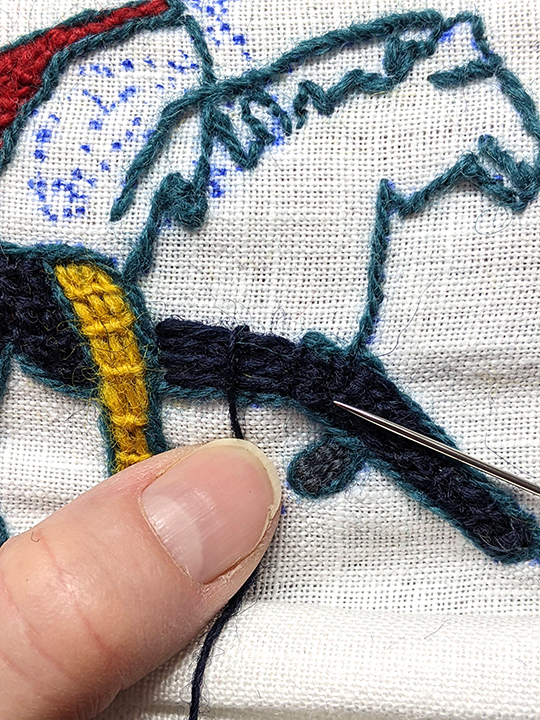
When embroidering, colors are absolutely non-negotiable. We have to follow the printed cartoons displayed on the wall. The angle of the stitches – and to some extent their length – are up to the person doing the embroidery. “We are the designers after all”, said Stina.

Cartoon 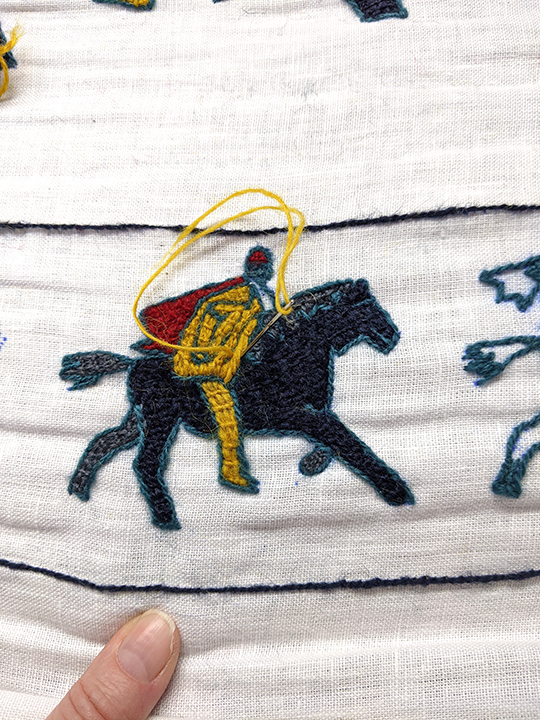
Embroidery
I was not able to finish embroidering the second horse, but I really appreciated the silent companionship in the embroidery room. All of us focused on on single task. Making sure that, stitch by stitch, this tapestry soon gets to be displayed!
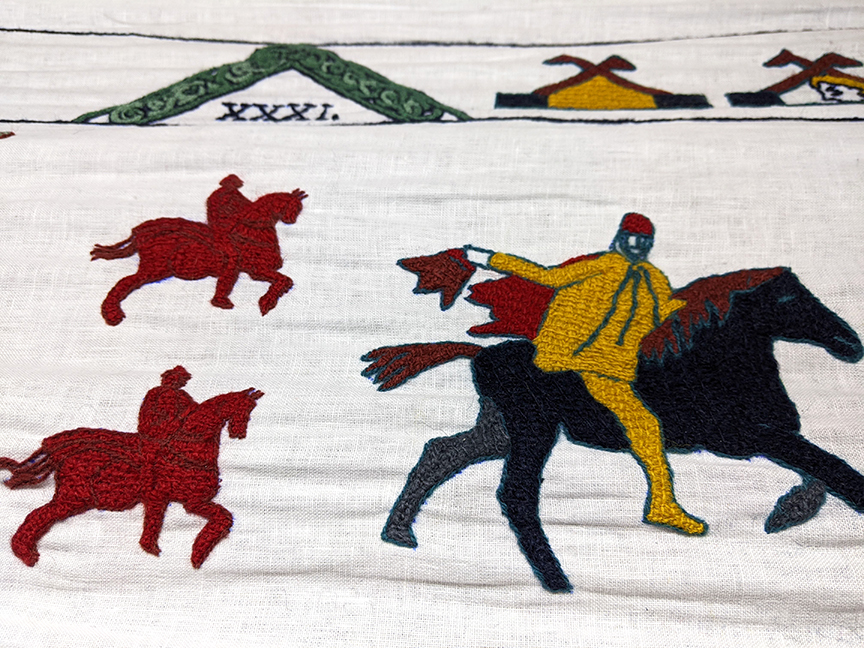
Such masterful and beautiful work!
-Gen
